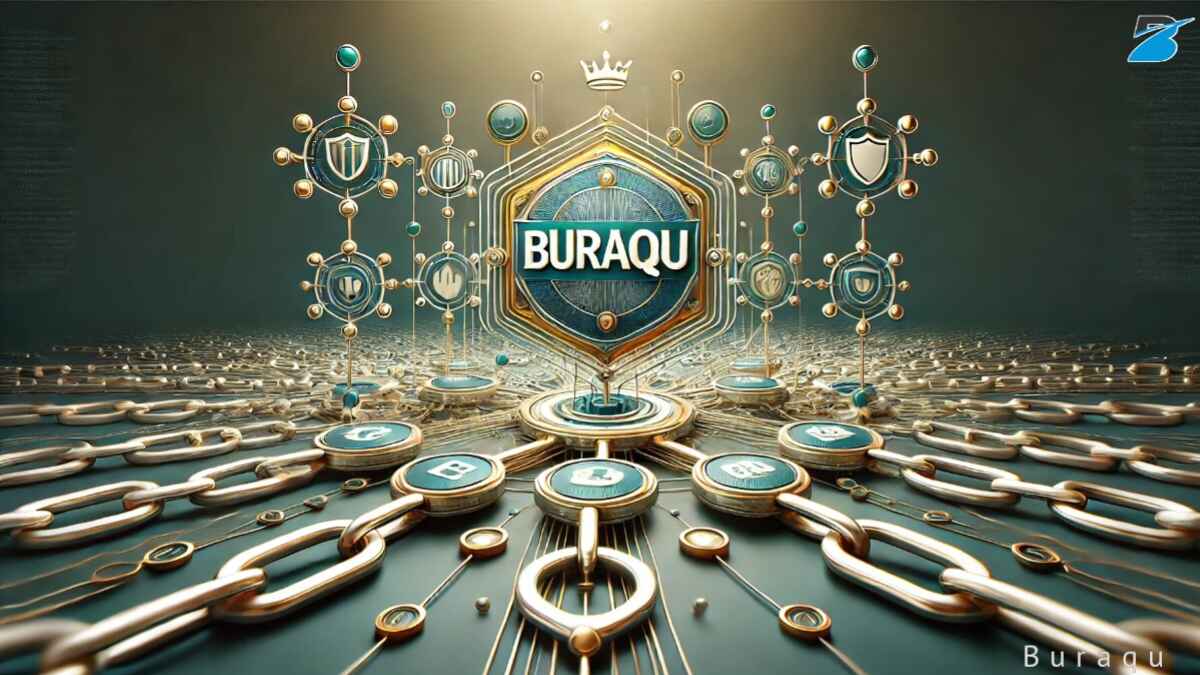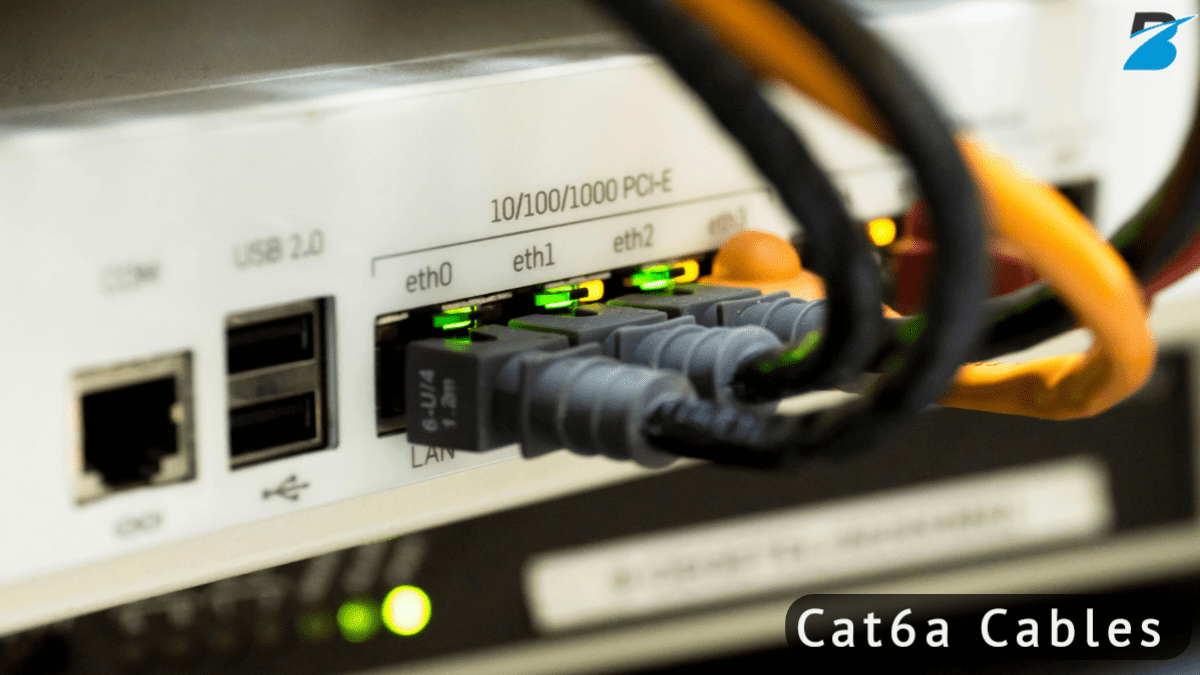Introduction: GDP – Deleted Scene – E355
In the vast world of economic analysis, GDP often stands as the cornerstone, a key indicator used globally to gauge the economic health of nations. However, like any story, there are layers beneath the surface, hidden narratives that aren’t always told. The concept of “GDP – Deleted Scene – E355” serves as a metaphorical exploration of these overlooked aspects, the nuances that can change our understanding of economic realities. This blog post delves deep into these layers, exploring what happens when we uncover these “deleted scenes” of GDP.
Understanding GDP
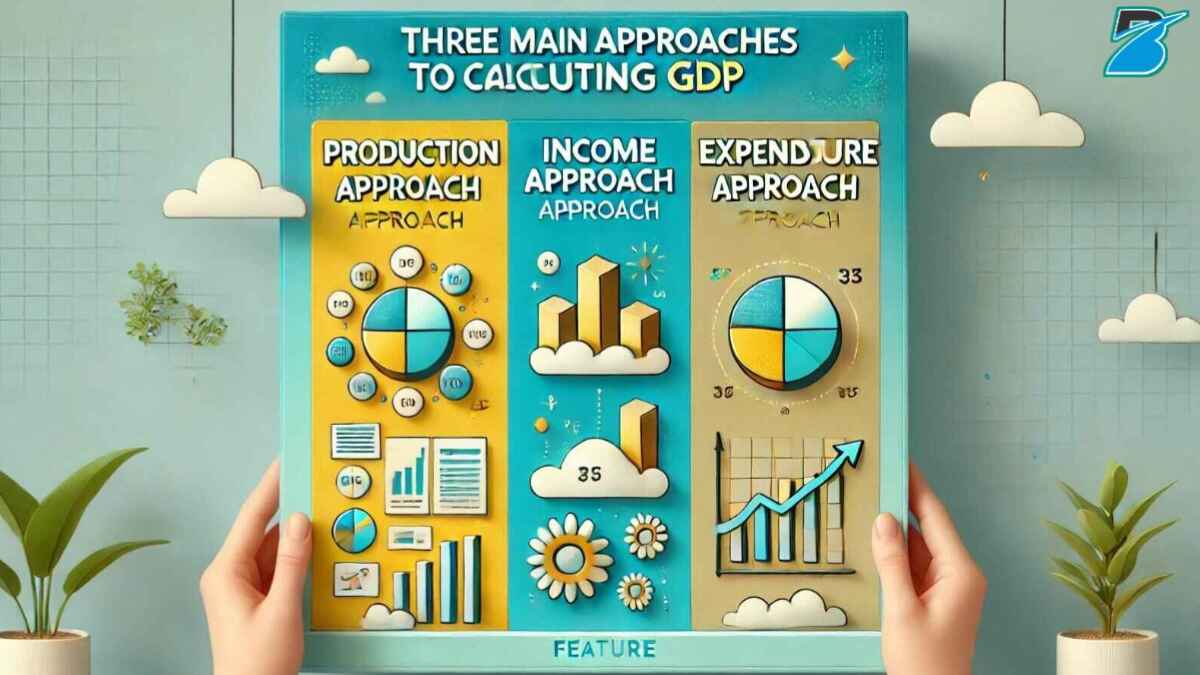
GDP (Gross Domestic Product) is the total value of all goods and services produced within a nation’s borders over a specific time period. It is the basic unit of economic activity that determines how healthy an economy is in a country. GDP is determined through three main methods:
- Production Method: Total production of goods and services.
- Income Approach: Income earned by individuals and businesses.
- Expenditure Approach: Total monetary transactions of the nation on national goods and services.
Both methods provide an individual view necessary for understanding a nation’s economic landscape as a whole.
Financial Equipment
The GDP analysis requires robust financial tools and methodologies. Financial equipment is a term that designates any concrete or inconcrete resource used for GDP data when calculating, interpreting, and applying it. From nuanced software that processes economic data to highly evolved predictive analytical models, all are part of it.
This is also where technology has a major part to play. Sophisticated algorithms crunch through terabytes of data and extract information that reveals the strength of economies much better than a simple tally.
In-depth Case Studies for GDP Analysis

It is not only a theoretical understanding of GDP but also practical application. Here we have two studies that were critical to GDP analysis in each of the cases:
- Bhutan’s Economic Development: Bhutan has a unique approach where happiness goes hand-in-hand with GDP, measuring economic development through Gross National Happiness (GNH). This comprehensive approach to development places equal importance on the environment and cultural identity, revealing them as another facet of economic success.
- Costa Rica’s Model of Economic Growth: Costa Rica has managed to balance economic growth with environmental conservation. Its emphasis on sustainable development, as seen in its GDP or Green GDP measures, provides valuable lessons for other countries.
Advanced Economic Formulas
Deeper economic insights start to come as we peel back the onion of GDP. Green GDP is one such formula that adjusts the nominal GDP calculation while considering environmental degradation and resource depletion. This is a more accurate reflection of the long-term economic sustainability of a country.
New-age economic formulae, such as Green GDP incorporating environmental factors or Social Costs of Economy amalgamating social and economic equations, assist in appreciating the realized benefits, consequently taking cognizance for compliance with Sustainable Development Goals.
Comparative Survey of GDP
GDP can vary significantly from country to country, pointing towards the diverse economies around the world. Take the US and China, whose GDPs are virtually neck and neck at number one worldwide, or Bhutan and Costa Rica, demonstrating different models of economic success on a smaller scale, relying on sustainability rather than unending growth.
While this does nothing to take away from the experience offered by Delhi, it really demonstrates how we should evaluate national economic performance both in quantitative and qualitative terms.
Smart Financial Choices
The GDP helps everyone, from individual to business level, understand macroeconomics, which in turn can help them make smarter financial decisions. GDP trends provide investors with insight into the strength of an economy and can steer investment decisions. GDP data can be valuable for businesses too, indicating which resources are in greater demand and where the most pressing needs would arise.
This allows stakeholders to have more confidence in the face of economic volatility by incorporating GDP analysis into financial decision-making.
Political Implications
GDP numbers are more than economic data — they represent political weapons. GDP information is relevant for policymakers to frame economic policies as well as to create public opinions on critical matters such as taxation, spending, and even new monetary policy. GDP is often the focus of political parties during election cycles, with them either promoting or denouncing their respective economic records.
The political stakes of GDP call for a great deal more knowledge, because national politics and the welfare of citizens are too often driven by these numbers.
The Deleted Scene: GDP – E355
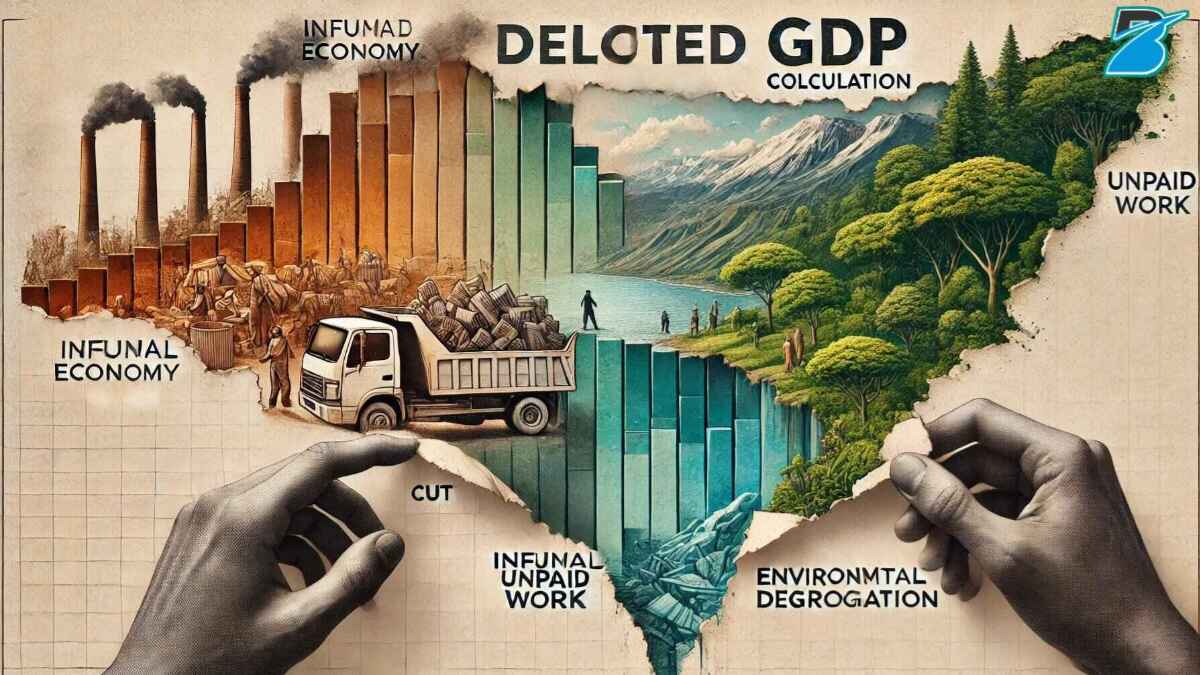
The Context of GDP – E355
GDP – E355: “When you hear the term ‘GDP – E355‘ it might be cryptic, but that is just a metaphor for aspects of GDP analysis which are often forgotten. Economic narratives have key elements that are foregrounded or backgrounded, relative to others, and some even missing completely. E355 is shorthand for those forgotten pieces of information and actions, the ‘deleted scenes’ that might have altered how we thought about this tale.”
The Deleted Scene
So, what is in other words this “deleted scene” inside GDP E355?
That is not counted in GDP, but it also gives you a sense of the economy and what happens on an everyday basis; so that’s part of this contribution account.
- Human activities performed free-of-charge or included under other aspects.
- This scene depicts kinds of economic contributions which traditional Gross Domestic Product do not know — including informal economy doing shadow work with respect to registered events such as formal employment.
- Events where Competition agencies can take over enforcement against made-by-businesses markers.
- Paid-informal services are intended examples, some Regulated marketplaces endeavors—tasks include homemaking chores and environmental degradation, etc.
- And while not always visible in GDP, these are so important to what the economy is really like.
Why Was It Deleted?
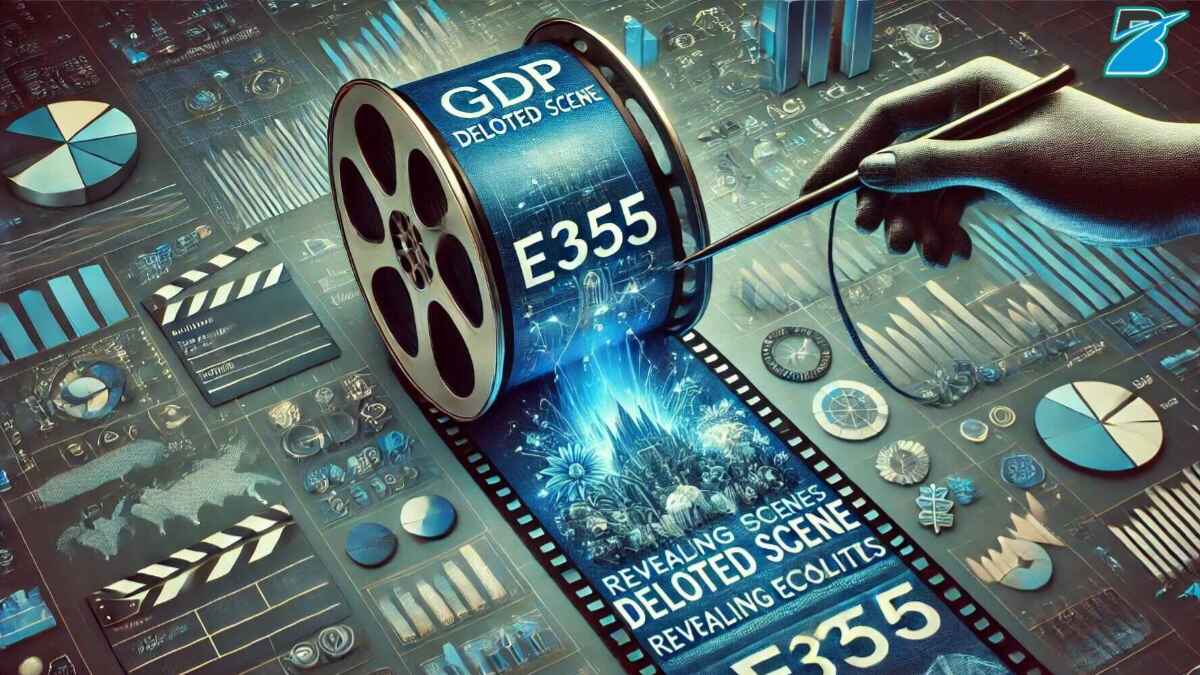
There are many reasons GDP accounts exclude those factors.
Many are impossible to value such as unpaid domestic work, and others seem inconvenient in an economic sense (like climate damage we willingly overlook). This, in turn, leaves us with a distorted view of economic health.
Read Also: The Fintechzoom Rolex Submariner: Unlock Exclusive Financing
Impact on the Storyline
When the film administers these “deleted scenes,” it has a reverberating echo in respect of its economic narrative. In other words, leaving these off the table means we only get half of the story GDP tells us and risks applying superficial or irrelevant economic policies — because they fail to target what actually needs improving.
Fan Reactions and Speculations
Economists will often hypothesize about what difference the inclusion of these seemingly forgotten factors would make to GDP calculations, as a fan might speculate how the revelation of a deleted scene in his favorite TV series could radically alter its plotline. Would this provide a more honest picture of the economic well-being of each nation?
Perhaps this would have an effect on the way we think about economic policy? These are the kinds of questions we should be asking when pondering everything that has not made it in.
Conclusion
Throughout the exploration of GDP – Deleted Scene – E355, we have uncovered some critically important insights that are often left out in traditional economic analyses. The inclusion of these “deleted scenes” not only provides a more comprehensive understanding of economic realities but also guides us towards more sustainable, equitable, and informed policy decisions.
Understanding GDP in its full context, including factors like environmental impact, unpaid work, and the informal economy, allows for a more accurate depiction of a nation’s economic health. This broader perspective helps policymakers, economists, and the general public make better decisions that support long-term prosperity and societal well-being.
As we’ve learned through various case studies, alternative measures like Green GDP offer valuable lessons in balancing economic growth with environmental and social considerations. The political implications of GDP underscore the importance of a well-rounded analysis, ensuring that economic policies truly benefit society as a whole.
In summary, the hidden layers of GDP – E355 remind us that there is always more to the story. By acknowledging and incorporating these “deleted scenes,” we can develop a more holistic understanding of our economies, leading to better decision-making and a healthier global economy.
FAQs
What is GDP – Deleted Scene – E355?
GDP – Deleted Scene – E355 is a metaphorical concept that represents the hidden aspects of GDP analysis that are often overlooked in traditional calculations.
By integrating advanced economic formulas like Green GDP, which account for environmental degradation and social factors, into traditional GDP calculations.
What lessons can be learned from Costa Rica’s approach to economic development?
Costa Rica has successfully balanced economic growth with environmental conservation, providing a model for sustainable development.
How has Bhutan indexed its economic development?
Bhutan uses Gross National Happiness (GNH) alongside GDP to assess its economic development, considering factors like environmental sustainability and cultural preservation.
What is Green GDP?
Green GDP is an alternative measure of economic activity that adjusts traditional GDP by factoring in environmental costs.






